| Vintage Pulp | Jan 28 2015 |

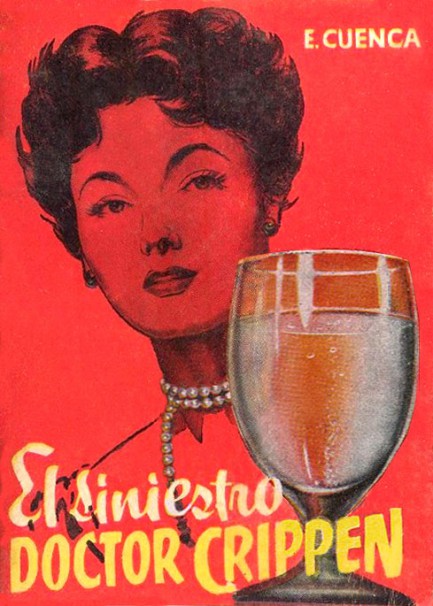
As long as we’re doing Spanish language pulp today, we might as well share this cover for El siniestro Doctor Crippen, or The Sinister Doctor Crippen, written by Enrique Cuenca for Barcelona based Ediciones G.P., and published in 1960 as part of its low cost Enciclopedia Pulga collection. Eventually, about five-hundred books appeared as part of the collection, including translations of Jules Verne, Robert Lewis Stevenson, and other classic authors. This particular novel is of course based on the strange story of Hawley Harvey Crippen, aka H.H. Crippen, the American physician and fugitive who murdered his wife Cora in 1910 and was eventually hanged in London’s HM Pentonville Prison. Many of the covers we’ve seen from Enciclopedia Pulga are nice, so we’ll try to revisit the collection a little bit later.
| Femmes Fatales | Jun 12 2014 |

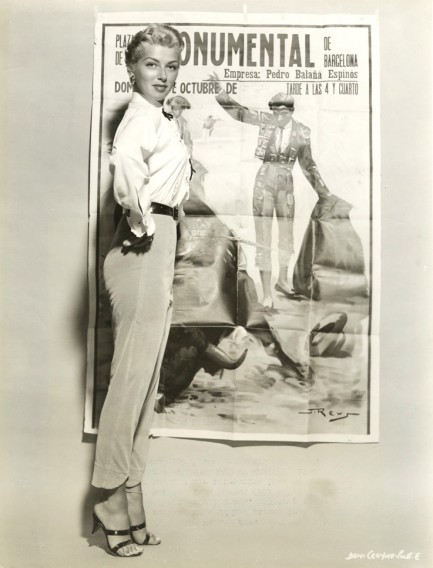
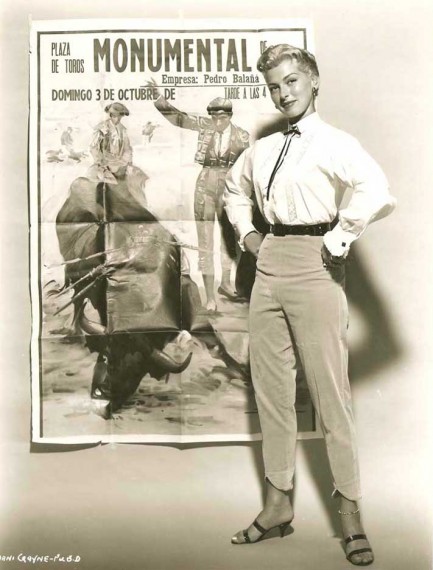
| Hollywoodland | Jul 15 2013 |

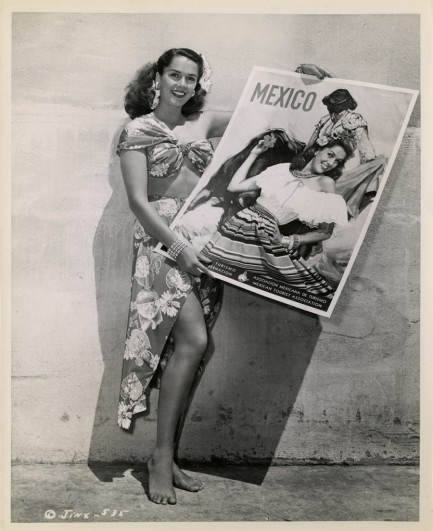
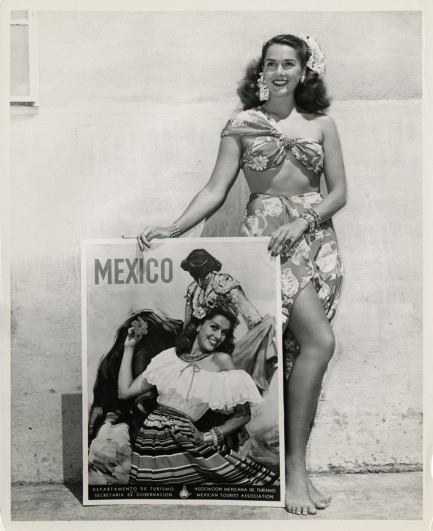
The above photos of American actress Jinx Falkenberg show her posing in costume for her film Tahiti Nights, and she’s holding a Mexican tourist poster for which she had modeled around the same time. This isn’t as a much of a mismatch as you might think. Falkenberg was actually born Eugenia Lincoln Falkenberg in Barcelona, Spain. Being Spanish-born (her parents were American) is of course not remotely the same as being Mexican, but it’s worth mentioning. The truth is she was probably chosen for the poster simply because she was the most famous young Hollywood star associated with Mexico in the consciousness of the American public. She spoke Spanish, of course, and had gotten her start in Spanish films like El carnaval del Diablo, but we doubt average Americans had a clue about that at the time. But once she reached Hollywood she continued to act in films with ethnic themes. For instance, in 1943 she starred in Two Señoritas from Chicago, in 1944 she played an islander in the aforementioned Tahiti Nights, and the next year she played a Mexican girl in The Gay Señorita. So when you add together her birthplace, language skills, and movie roles, she isn’t just some random gabacha the tourist board dug up. While it’s possible it might have been more authentic to use Delores del Rio or Lupe Velez, both of them were much older than Falkenberg, and in any case, maybe they were asked and said no. Below you’ll notice that we managed to find that travel poster, and whatever the reasoning behind its creation, it sure came out looking good. The photos date from 1944, and the poster was used for the years 1944 and 1945.
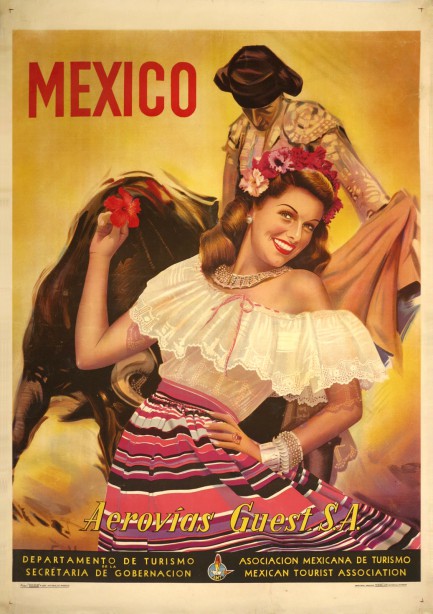
| Reader Pulp | Dec 2 2011 |

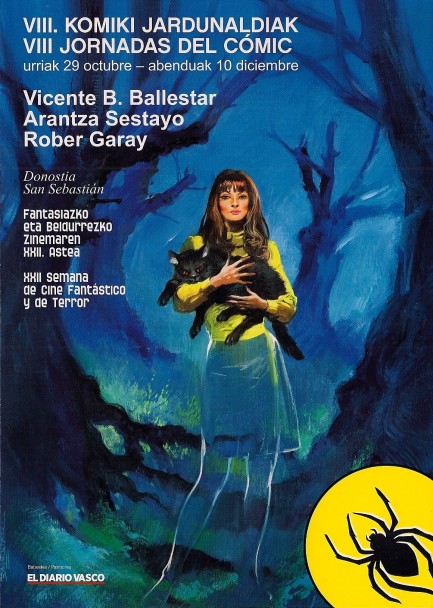
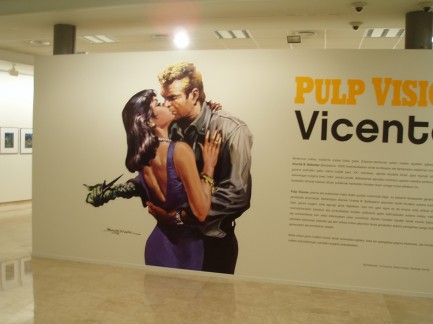
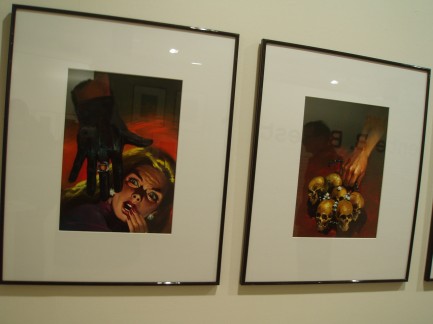
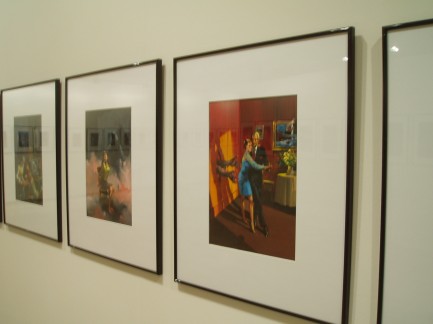
So now we’ll fill in the blanks for our friend (and thanks very much, by the way, for sending this to us). Vicente Ballestar was born in 1929, and worked primarily for the German publisher Bastion-Verlag, aka Bastei, where he created many of the often bizarre covers for the popular John Sinclair series. Later he went into fine art, the field in which he still works, and via his internationally published books about painting has become a renowned instructor of watercolor techniques. For someone who has worked steadily for such a long time, is widely read by art students, and has mounted exhibitions in places as far flung as Colombia and Italy, he has a rather minimal web presence. Even his blog is only two pages and hasn’t been updated for a year. But after a search we were able to find a few of his covers, and we’ve posted those below.
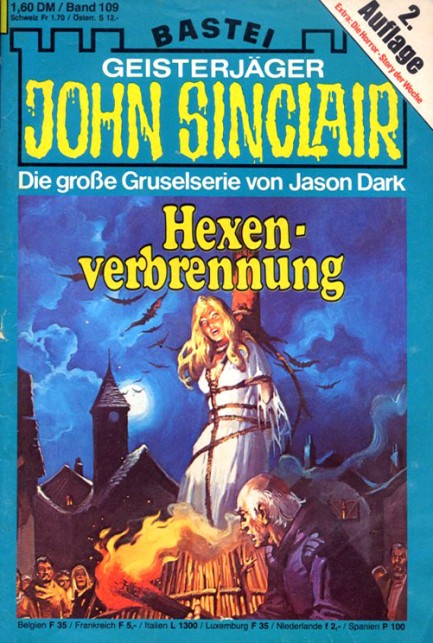
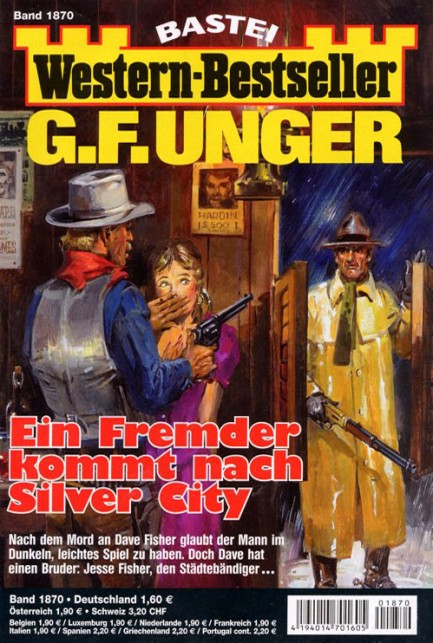
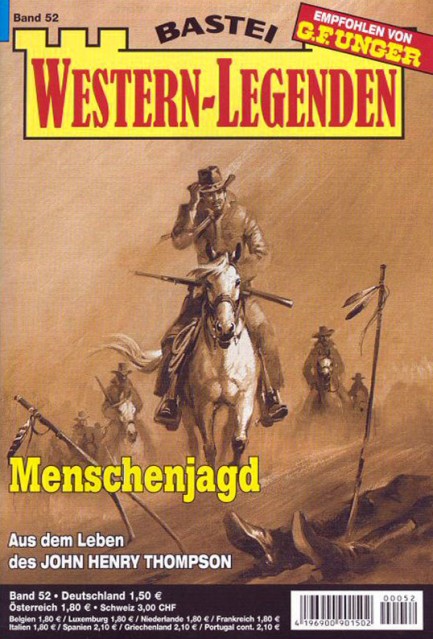
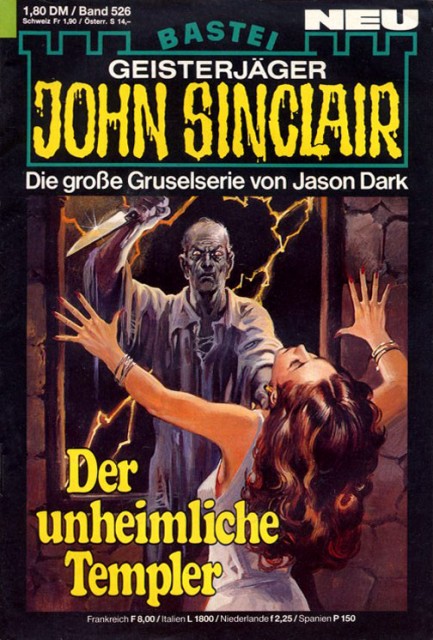
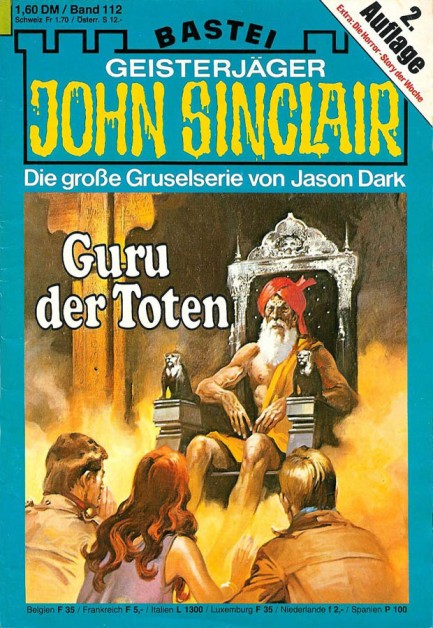
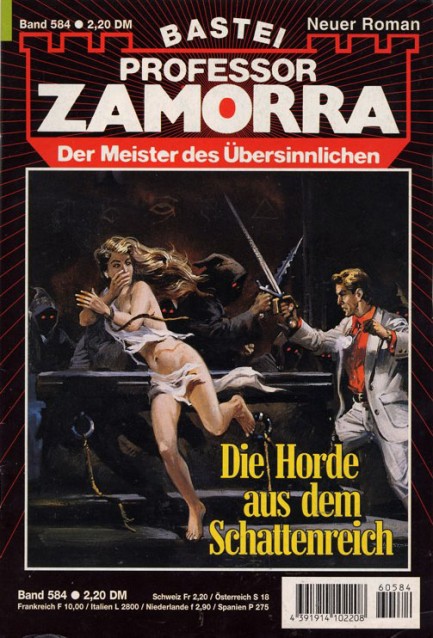
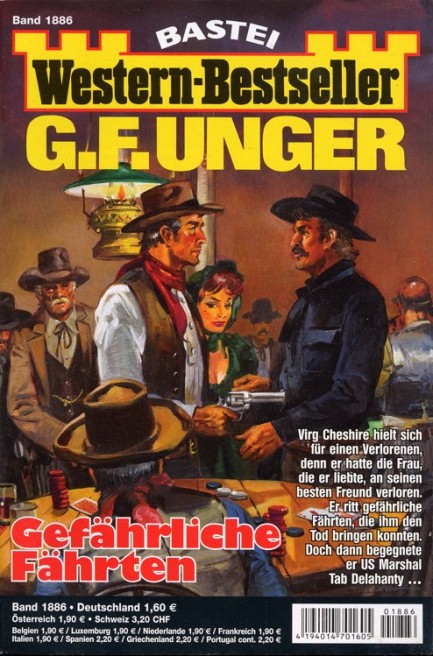
| Vintage Pulp | Mar 20 2009 |

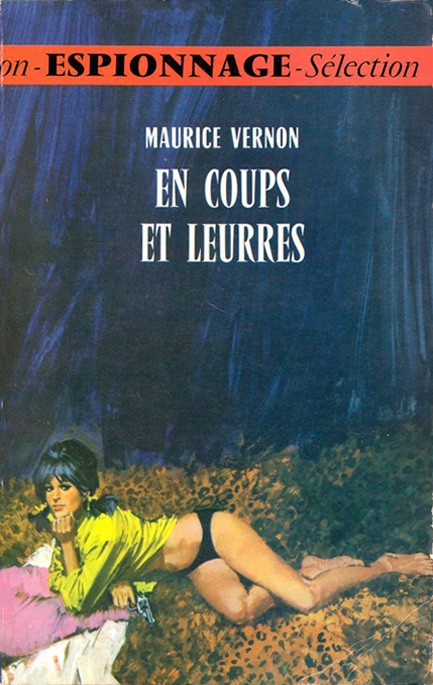
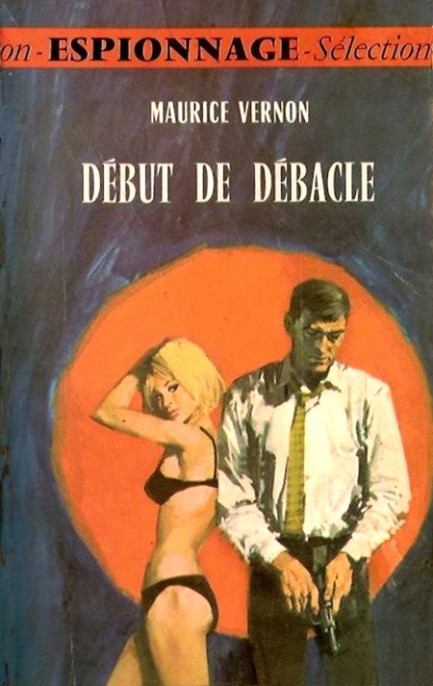
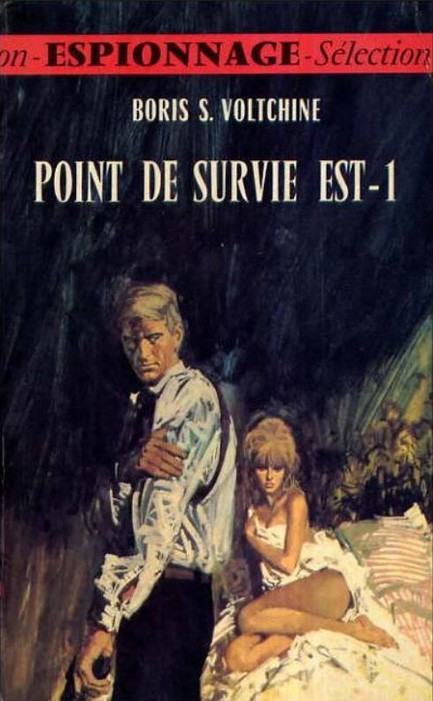
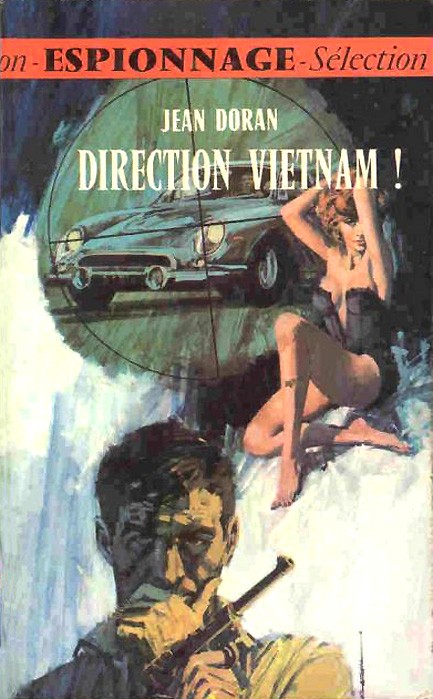
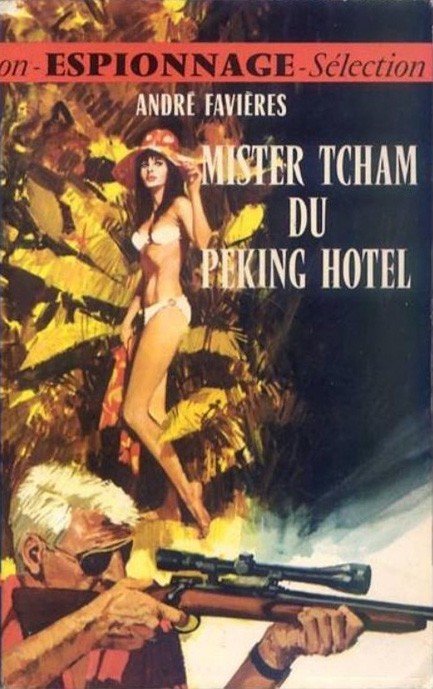
Starting in 1967 the French publisher Gerfaut offered a series of novels that moved away from their customary war adventures and into pure espionage. The books below date from ’67, ’68 and ’69, with cover images created by Barcelona-born artist Jordi Longarón. Longarón illustrated many Gerfaut books, and is a working artist to this day, focusing on figure studies and still-lifes. You can see some of those paintings here.




































































